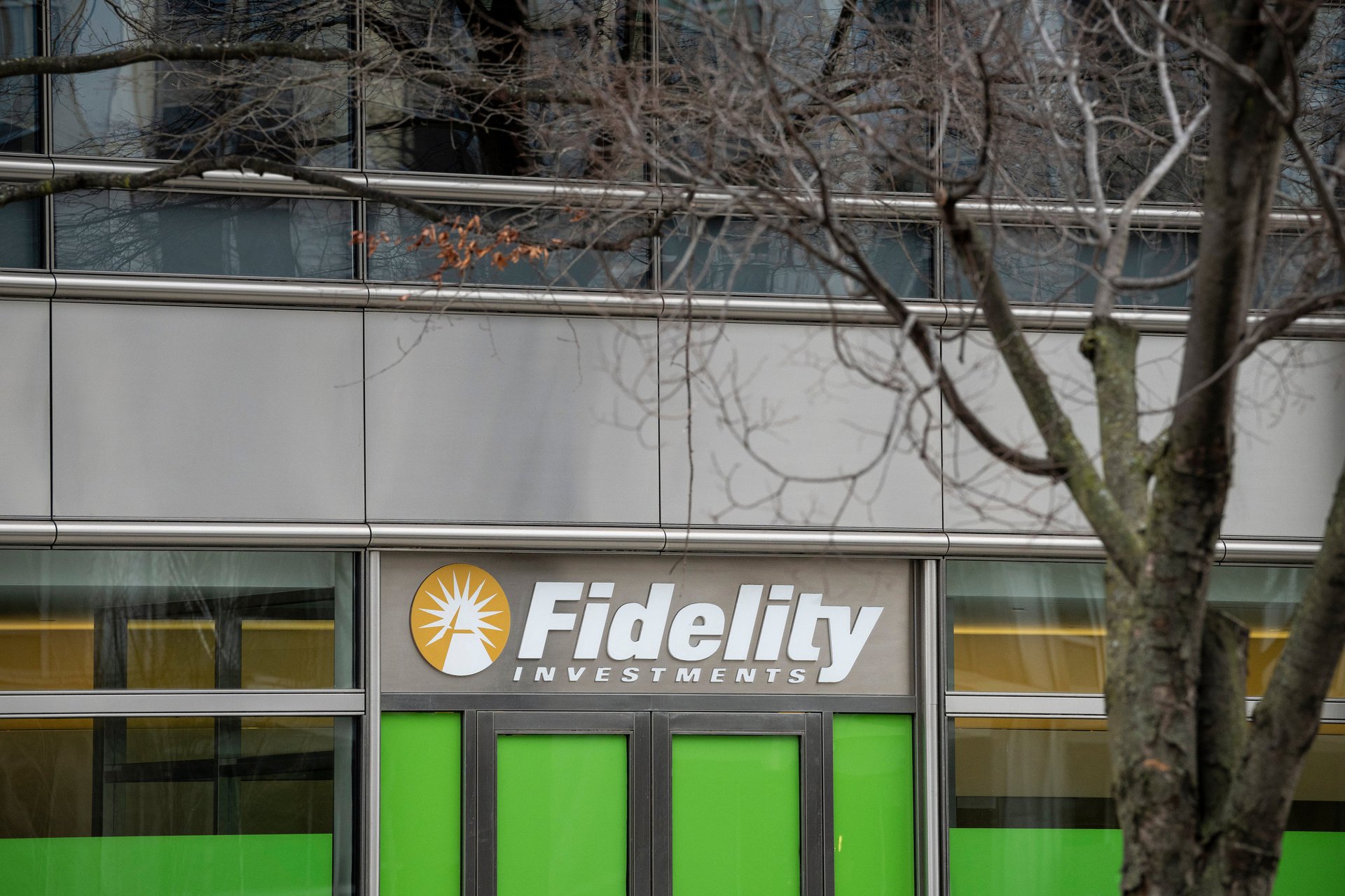Fidelity says 401(k) balances are falling — but Americans don't seem to be flinching
Extreme market volatility can't shake workers' long-term retirement saving plans

As markets whipsawed through a turbulent first quarter, American workers didn’t blink: They kept saving for retirement — even while watching their 401(k) balances get smaller.
Suggested Reading
According to a report from Fidelity Investments, the average 401(k) balance dropped to $127,100 in the first quarter of 2025, a 3% decline from the previous quarter. The drop reflects continuing market volatility — mirroring the S&P 500’s 4.3% dip over the same period — as macroeconomic concerns, inflation pressures, and uncertainty around interest rates continue to drag on investor confidence.
Related Content
But if the market’s giving people reasons to worry, retirement savers don’t seem to be showing it.
Fidelity’s data shows that workers kept investing — many of them more aggressively than before. The average 401(k) savings rate, which includes both employee and employer contributions, rose to a record 14.3% in the first quarter. Nearly 17.4% of plan participants increased their contribution rate during the quarter, a signal that some are sticking to long-term plans despite near-term setbacks.
“The commitment to retirement saving remains strong,” Fidelity said in the report, highlighting what it calls “resilient behaviors” across its workplace savings plans.
In a statement, Sharon Brovelli, Fidelity’s president of workplace investing, said: “Although the first quarter of 2025 posed challenges for retirement savers, it’s encouraging to see people take a continuous savings approach which focuses on their long-term retirement goals. This approach will help individuals weather any type of market turmoil and stay on track.”
That said, the average doesn’t tell the whole story. The median 401(k) balance remains $28,900, underscoring a wide disparity in retirement readiness across the workforce.
Generational breakdowns show that Baby Boomers contributed the most on average, at 17.2% of income, followed by Gen Xers at 15.4% and Millennials at 13.5%. Gen Zers increased their total savings rate by 11.2%, with nearly one in five Gen Z workers (19.2%) raising their savings rate during the quarter — the highest increase among generations.